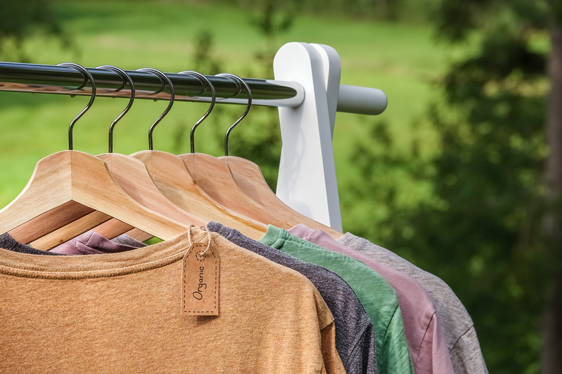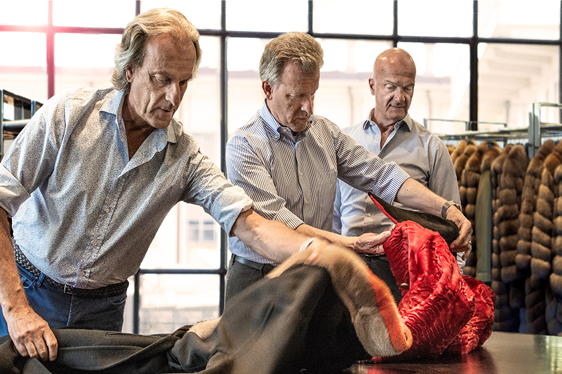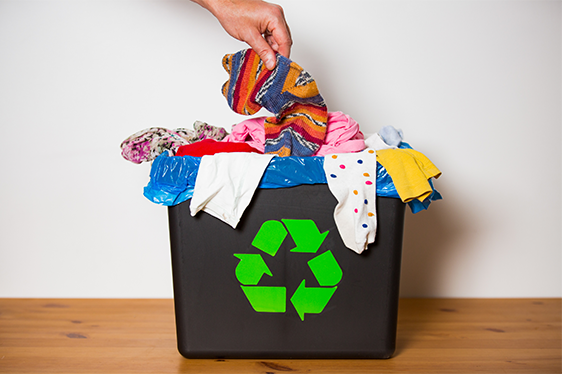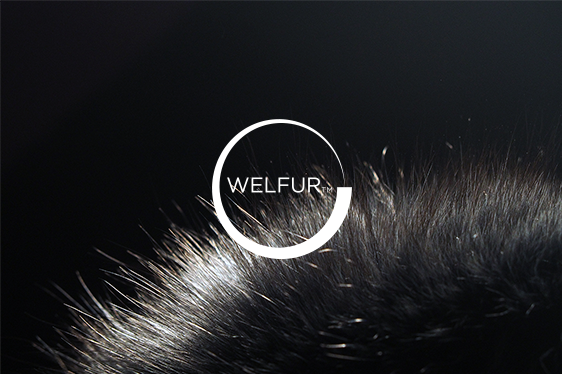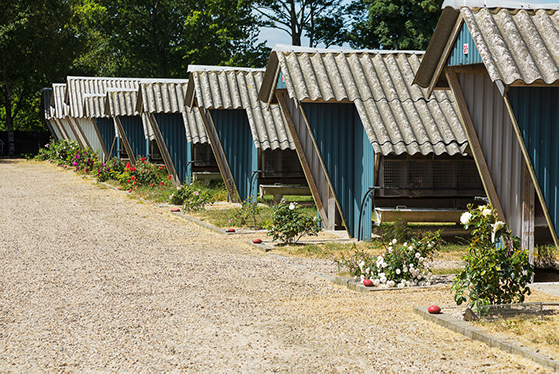Handmade
A ROLE MODEL FOR SUSTAINABLE FASHION
Slow fashion is sustainable

Furs are repaired, re-modelled and re-used, and consumers remain loyal to their fur garments for many years. Such characteristics make fur a role model for sustainable fashion.
To say that the fashion industry faces a sustainability challenge would be an understatement. The production of clothing has doubled in the last 15 years as a result of the demand for garments, fuelled by a growing global middle-class. This has propelled fashion into the undesirable position as the second most polluting industry in the world.
Fundamental to the pollution crisis is the deep-rooted notion that fashion, as a concept, is about the ‘new’. This idea supports the industrialist, linear business models of fashion. Consequentially, there are ever more annual fashion collections produced at increasing speed. Modern fashion exemplifies the ‘buy and throw away’ culture better than anything.
This unsustainable development has not gone unnoticed, whilst calls for action are plentiful the possible actions can, by and large, be boiled down to two possible strategies: 1) re-use materials and fibres and 2) design for longevity.
The first strategy appears applicable to the fashion industry’s current business model. However, the infrastructure to collect used garments is far from being in place. Similarly, the current technologies which convert used garments into new fibres are insufficient. In reality less than 1% of the materials used to produce clothing is recycled into new clothing and 73% of all clothes are estimated to end up in landfills or are incinerated.
The longevity strategy on the other hand, has the advantage of being immediately accessible whilst not depending on complex logistics and technology. Longevity strategies would shift the design phase towards functionality, durability, customisation, while material choices might move towards natural and renewable fibres.
However, for the fashion industry to seriously move in this direction, it would also require a showdown with the current state of affairs. In particular, the business models which rely on continuously manufacturing and selling of more and more products. The new business models would have to focus on services for repairing, maintenance and re-circulation of clothing.
Danish experts on sustainable fashion from the Design School Kolding point to the fur sector as a role model for sustainability for the entire fashion industry. The material itself is renewable, biodegradable and long-lasting. Furthermore, the structure of the fur sector is characterised by services offered by furriers, who can repair fur garments, or remodel garments entirely.
The advantage of this is not only the extended life span of fur garments but also the emotional component. Fashion researchers regularly point out that when people are emotionally tied to their clothing, they tend to take better care of it and wear it more often, which in effect is sustainable consumerism.
How do people become emotionally tied to clothing? For various reasons but most often because the quality is good, the price of the product has been relatively high, the consumer has gone to the length of repairing this piece of clothing or if the clothing is inherited. Once again fur seems to tick all the boxes.
